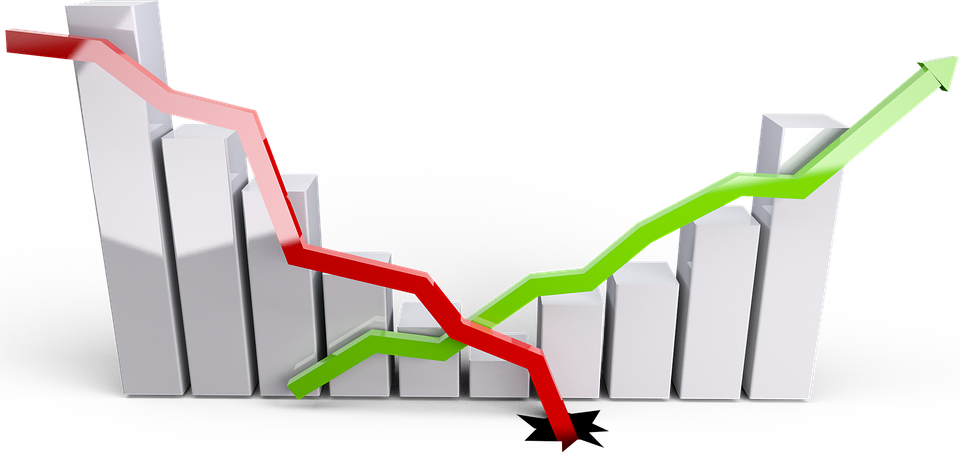
Slump in economy persists; GDP figures call for urgent action from new govt

India’s economic growth has slipped to 5.8 per cent in the fourth quarter of 2018-19. This is the slowest growth of GDP in the last five years.
With this the economy is on a slow down for the third consecutive quarter. In Q1, the GDP growth rate was recorded 8 per cent; it slowed down to 7 per cent in Q2 and 6.6 in Q3. The fourth quarter results released today is the lowest at 5.8 per cent.
In classic textbook parlance when the economy slows down for two consecutive quarters it is defined as recession. It indicates reduced trade and industrial activities. But this definition is not applied in the Indian context. But the slowdown is worrisome as normally in the election season economy picks up due to increased spending.
The average economic growth rate or GDP for 2018-19 (which is provisional) works out to be 6.8 percent. In the previous year 2017-18 the GDP forecast was 6.7 per cent. Later it was revised to 7.2 per cent.
With this figure 5.8 per cent which is less than 6.44 per cent growth rate, China has now officially overtaken India to be the fastest growing economy in the world.
The news of the slowdown in Indian economy comes on a day when Nirmala Sitharaman took over as first woman finance minister of India today. Clearly she has a task cut out for her.
The global trade war unleashed by US President Donald Trump in the form of the withdrawal of generalised system of preferences benefits to India is likely to come into effect from June 2019 causing further damage to India’s already slowing exports.
The new finance minister is an economist by qualification. In her academic thesis she had specialized on Indo-Europe textile trade & GATT.
At present, she has limited options to boost the economy due to constraints especially in the revenue front, and therefore she may have to urgently rework the government’s public expenditure plans and deploy more funds to schemes that can help boost consumption especially in the rural areas.
The development was not wholly unexpected with indications all around in the economy pointing towards a slowdown. Last week, the SBI had come out with its research report on the imminent slowdown and had put forward its case for an urgent cut on the CRR or cash reserve ratio, the money mandatorily impounded by the central bank to control money supply. The report prepared by SBI said that a mere 1 per cent cut in the CRR can release upto Rs 1.28 lakh crore and thereby reduce lending rates by as much as 0.15 per cent. This in turn could improve the profitability of banks by Rs 12,000 crore on an annual basis.
India Inc slips into recession?
Although there is no consensus on what recession actually means in the Indian context, globally, a recession is usually underway when there are several quarters of slowing but still positive growth. Often a quarter of negative growth will occur, followed by positive growth for several quarters, and then another quarter of negative growth.
According to the definition offered by the USA’s National Bureau of Economic Research, a recession is when the economy declines significantly for at least six months. That means, there’s a drop in the following five economic indicators — real GDP, income, employment, manufacturing, and retail sales.


